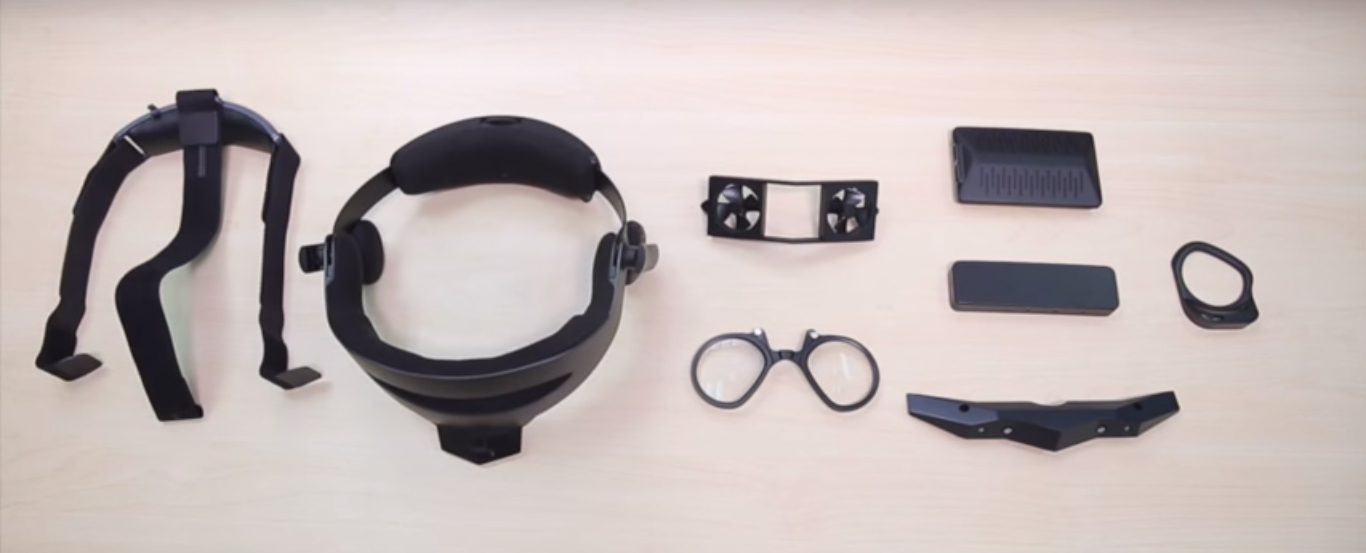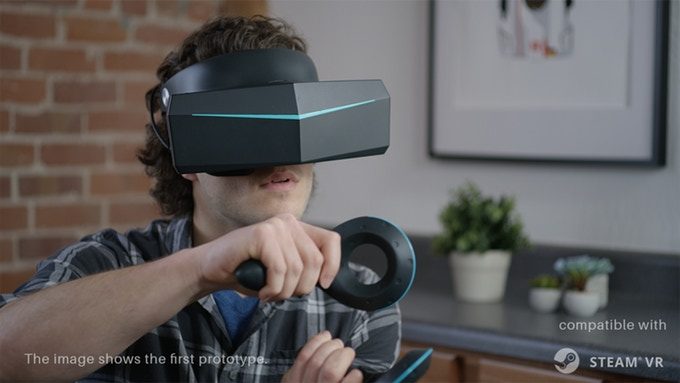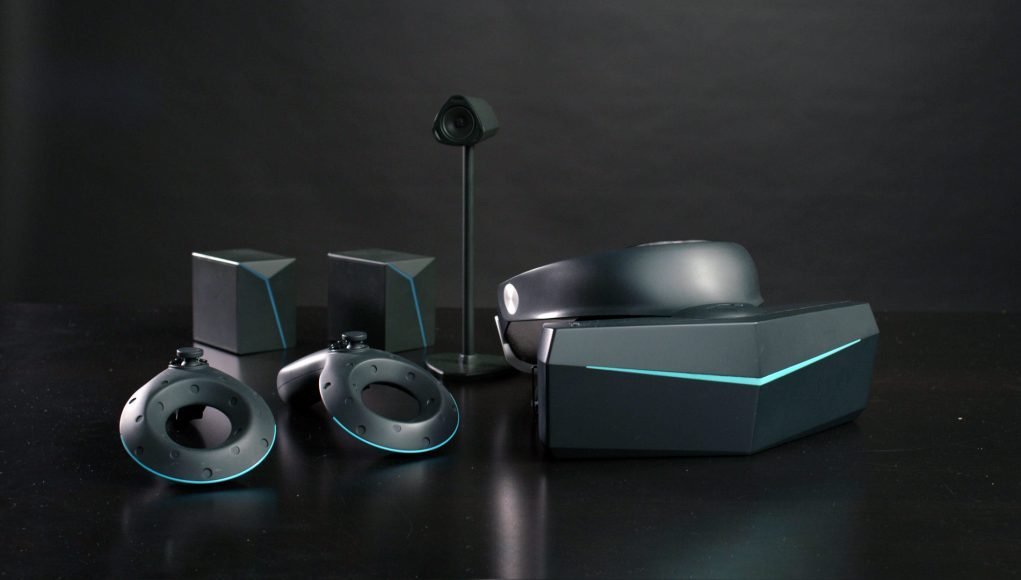Pimax, the company aiming to deliver three flavors of its high field of view (FOV) headset via their Kickstarter, have recently blasted past the $2 million funding mark. With only a week left in the crowdfunding campaign and now more than $2.45 million to their name, the company has reached arguably a more important milestone: they’ve surpassed the original Oculus Rift Kickstarter, becoming the top funded VR headset campaign in existence.
Here’s the thing: it doesn’t mean as much as you think it would.
Pimax’s recent passing of Oculus’ Kickstarter, which tallied a total of $2,437,429 with 9522 backers at the time of its September 2012 conclusion, could mean many great things for the China-based company. Oculus of course went on to become one of the major players in the burgeoning industry, and as Pimax further normalizes its brand with Western markets after having already successfully delivered on its “4K” VR headset, it’s clear the company has intentions of becoming the next big player in VR too. Like every large project though, the devil is invariably always in the details. Further funding, aggressively committing to R&D, and attracting internal talent—all of these things can make or break a young startup as it attempts to offer something truly bigger than itself.

Even though Pimax technically surpassed Oculus’ Kickstarter, historical context matters. Firstly, a Kickstarter is a good litmus test to gauge the public’s general interest, but when it comes to shipping something as complex as a VR headset, it’s only just a starting point. In Oculus’ case, that successful litmus test gave them the momentum to raise a $16 million Series A in 2013 and a $75 million Series B later that year. Followed by their $2 billion Facebook buyout in 2014, this garnered the young company access to effectively unlimited funds. (It also doesn’t hurt having John Carmack as your CTO, who joined the company early on as an adviser.)
As with the Oculus Rift DK1, the money Pimax has raised through Kickstarter is likely only going to be enough for them to ship a preliminary product, and won’t provide the funds for the vast support mechanisms and level of R&D that Oculus had on its march towards DK2 and eventually the consumer Rift. The question remains whether Pimax can attract more future investors as it rides the momentum of its Kickstarter—providing their headsets deliver a rock-solid experience in the hands of backers to begin with.
To Pimax’s credit, it doesn’t have the burden of developing a tracking standard, which is provided by Valve’s freely licensed Lighthouse positional tracking, or the underlying support software thanks to Valve’s OpenVR API. This is offset somewhat by a level of expectation inherent to a consumer product, and not a developer kit like the DK1 Rift. It wasn’t until the consumer Rift came along that Oculus started shipping replacement parts and servicing units, as the dev kits were sold without a warranty or the option of purchasing something as simple as new lenses—an incredible cost saving measure that let them sell headsets without the sort of obligations that come part and parcel when selling consumer hardware.

As Pimax surpasses Oculus’ original Kickstarter, it only really signifies consumer interest in the ‘next generation’ of VR. Although Pimax calls their headsets “8K” and “5K”, they actually respectively feature dual 3,840 × 2,160 LCD panels and dual 2,560 × 1,440 LCD panels. The standard “8K” headset also actually upscales a 4K signal to 8K, hence the “8K” in quotation marks. An “8K” X is also on offer that removes the upscaler, and making it capable of accept 8K input, but the headset’s effective per-eye 4K resolution remains the same. Questionable marketing aside, these display resolutions are quite a bit higher than Oculus Rift or HTC Vive, which both offer dual 1080 × 1200 OLED displays.
The real fanfare though comes from the headsets’ reported 200 degree FOV, and ability to hook into Valve’s SteamVR tracking solution, making it both the first consumer-grade high FOV headset and the first publicly available headset outside of HTC Vive to use Valve’s room-scale positioning tech.

Norman Chan and Jeremy Williams from Tested got a chance to go hands-on with version 2 “8K” prototype, saying that the wide FOV was impressive, although there was some noticeable in-software stretching of the game they demoed, Fruit Ninja (2016), that made things less-than immersive. According to Tested, resolution in the headset is noticeably higher and the screen door effect was present, although minimal, with Williams exclaiming “if I’m watching a movie, this is the headset I want.”
As Pimax stands on the shoulders of giants with a valid product in hand, it remains to be seen if they can craft the obvious consumer interest into a business that will make them leaders in the field over time. Either way, we’ll be following their next steps closely to see if Pimax becomes the next big thing in VR, and we should know that soon enough.
You can check out the Pimax Kickstarter here.
Update (10/27/17): It was incorrectly reported earlier that the 5K headset will feature OLED panels. This is true in current prototypes, but the full production version is said to contain the same type of LCD offered in the 8K headset.







